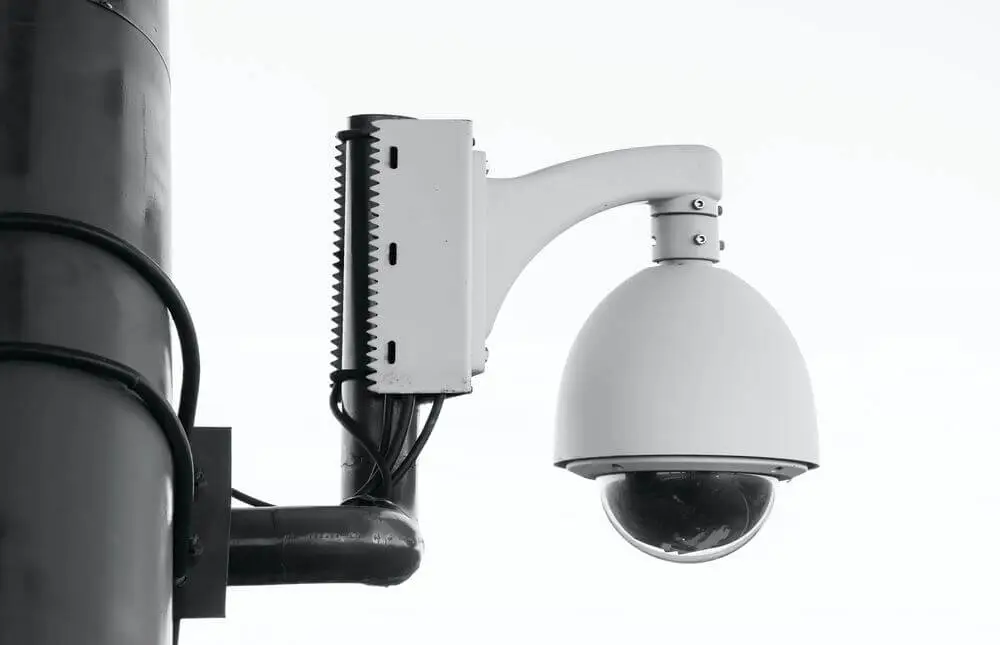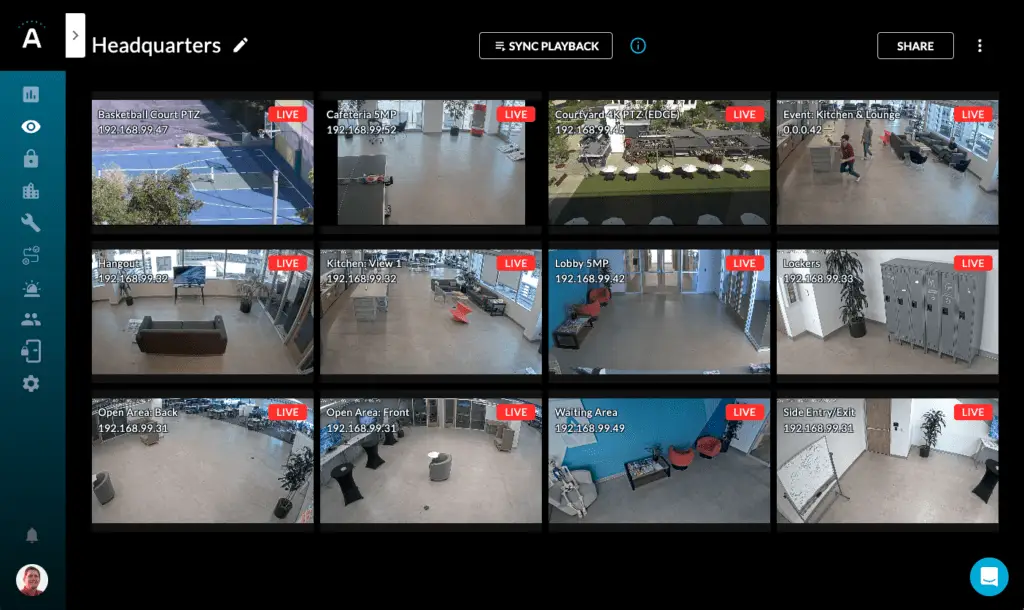Healthcare providers are responsible for the overall health and well-being of millions of people worldwide. With such an enormous responsibility comes the need for proper security solutions to protect patients, healthcare professionals, and the facility’s assets.
One of the most effective ways to enhance healthcare security is through video surveillance. With the advent of Video Surveillance as a Service (VSaaS), healthcare facilities can now take their security efforts to the next level.
What is Video Surveillance as a Service (VSaaS)?
Security technology has advanced over the years, evolving into what we now call VSaaS (Video Surveillance as a Service), which is a cloud-based surveillance solution that allows healthcare facilities to monitor their premises remotely. The VSaaS solution does not require any on-site servers or storage, as all the video footage is stored in the cloud. This means that healthcare facilities can access their video footage from any location, at any time, as long as they have an internet connection.
VSaaS is a cost-effective solution for healthcare facilities as it eliminates the need for extra on-site equipment, and systems like Arcules allow you to use your existing security camera system. This ensures that setting up the video management system within your facility can be done quickly and carries minimal expenses. This also eliminates the need for dedicated IT staff, as the VSaaS provider takes care of all the technical aspects of the system.
Importance of a Hospital Security System

Healthcare facilities are prime targets for criminals. Hospitals and clinics store valuable patient data, expensive medical equipment, and pharmaceuticals. Additionally, healthcare facilities are vulnerable to physical security threats, such as violence against healthcare workers and patient elopement.
Proper healthcare security measures are not only essential for protecting patients and staff but also for maintaining the facility’s reputation and avoiding costly legal battles.
Understanding Video Security Systems in Healthcare
Surveillance has been a part of the healthcare industry for many years. However, traditional video surveillance systems have several limitations. Legacy systems require on-site storage and servers, which can be expensive to maintain, and are often difficult to manage and can be challenging to scale.
VSaaS, on the other hand, is a cloud-based solution that eliminates the need for on-site storage and servers. It also allows healthcare facilities to scale their video surveillance system easily.
Benefits of VSaaS for Patient Safety and Hospital Security
Enhanced Patient Monitoring Capabilities
Cloud-based surveillance systems revolutionize the way hospitals approach security by providing enhanced monitoring capabilities. By integrating cameras strategically placed throughout the facility, healthcare providers can gain real-time visibility into various areas, including entrances, parking lots, hallways, and critical patient care units. This comprehensive coverage enables proactive monitoring, prompt response to emergencies, and the potential prevention of dangerous incidents.
Preventing Security Breaches
Cloud-based surveillance acts as a powerful deterrent to security breaches. The presence of visible cameras, coupled with the knowledge that video footage is being stored securely in the cloud, significantly reduces the likelihood of criminal activities. Potential intruders, knowing they are being monitored, will think twice before attempting any unlawful actions within the hospital premises. This preventive aspect of cloud-based surveillance contributes to overall safety and peace of mind for both patients and healthcare professionals.
Mitigating patient wandering and Elopement Risks
Wandering and elopement incidents can pose severe risks in a hospital setting, particularly for patients with cognitive impairments or those who require close supervision. Cloud-based surveillance systems allow healthcare providers to monitor high-risk areas and implement proactive measures to prevent patient wandering or unauthorized exits. By setting up virtual boundaries and utilizing intelligent motion detection algorithms, the system can alert staff in real-time, enabling swift intervention and reducing the likelihood of potentially harmful situations.
Improving Response Time and Incident Management
Timely response is critical in managing emergencies and preventing the escalation of incidents within hospitals. Cloud-based surveillance enables security personnel to quickly assess the situation, identify potential threats, and mobilize resources promptly. Additionally, integration with other hospital systems, such as access control or nurse call systems, enables automated notifications, enhancing response coordination and minimizing the time taken to address incidents effectively.
Comprehensive Evidence and Forensic Capabilities
In the unfortunate event of an incident or investigation, cloud-based video surveillance provides a comprehensive and easily accessible repository of visual evidence. The recorded footage can be invaluable in understanding the sequence of events, identifying individuals involved, and assisting law enforcement agencies, if necessary. Video analytics can also be leveraged to quickly and efficiently track down footage of importance to isolate events and track individuals. By reducing ambiguity and providing clear documentation, this technology aids in establishing the facts and ensuring a fair and just outcome.

Choosing the right VSaaS provider for your healthcare facility
Choosing the right VSaaS provider is critical for the success of your healthcare facility’s security system. When choosing a VSaaS provider, healthcare facilities should consider several factors, such as the provider’s experience in the healthcare industry, the quality of their equipment, and their customer support.
It is critically important to choose a VSaaS provider that is compliant with HIPAA regulations. This will ensure that patient data is protected and that the healthcare facility is not at risk of violating HIPAA regulations.
There are several best practices that hospitals and clinics should follow when implementing VSaaS. Firstly, healthcare facilities should ensure that their staff is trained on the proper use of the surveillance system. This will ensure that healthcare professionals can use the system effectively and respond promptly to emergencies.
Secondly , healthcare facilities should ensure that their VSaaS system is regularly maintained and updated. This will ensure that the system is functioning correctly and that any potential security breaches are addressed promptly.
Conclusion
In conclusion, healthcare security is essential for protecting patients and healthcare professionals and maintaining the facility’s reputation. VSaaS is a cloud-based solution that can help healthcare facilities enhance their security efforts with key benefits such as remote monitoring, patient safety, and malpractice prevention.
If you’re interested in learning more about cloud – based video surveillance systems, please check out our Arcules Cloud Surveillance Solutions.
Schedule a free consultation with our experts today and take the first step towards a safer tomorrow.

